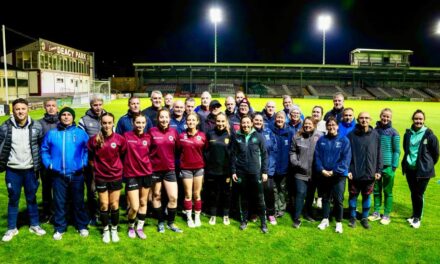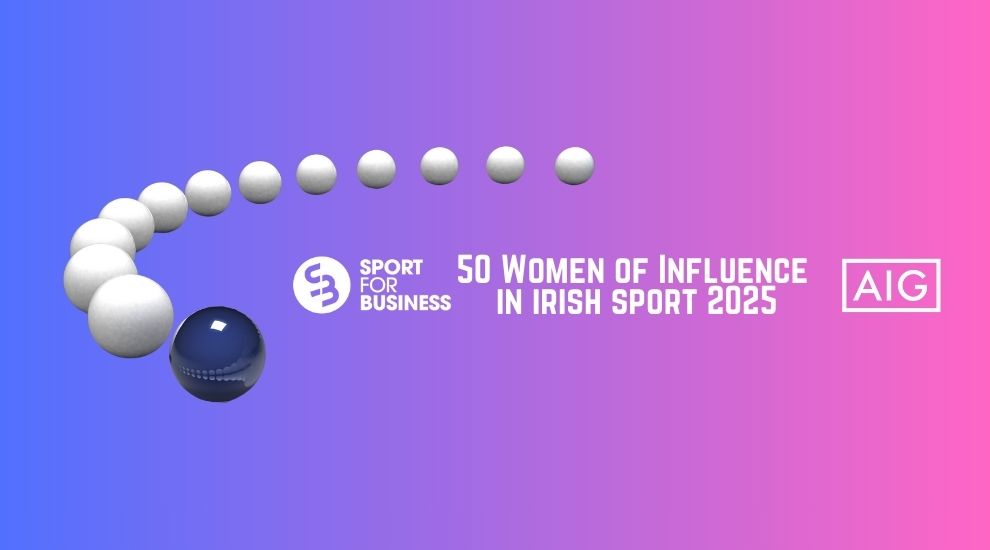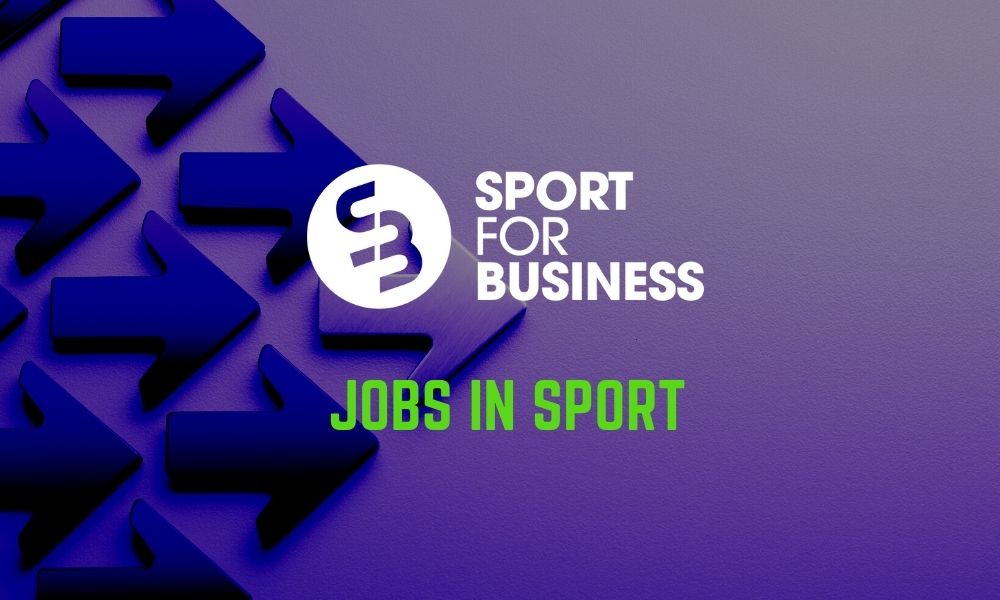SSE Airtricity League clubs were briefed last week on the response of fans to last season’s WATCHLOI experience where every Premier Division game was streamed live by RTÉ in partnership with the FAI and GAAGo.
Yesterday the numbers, in detail, appeared in the Irish Independent.
In a world of transparency, there is no harm in this at all. Care needs to be taken though in terms of processing the reaction to them and jumping to short term decisions that may not be in the best long term interests of the clubs, the League, the broadcast partners or the fans.
According to the figures, which have neither been confirmed nor denied by RTÉ, 4,700 fans bought a season pass and a further just over 6,000 dipped in and out to pay on a game by game basis.
The season pass at the beginning was sold at €55 which delivered 85 games once the League returned after lockdown and progressed through to Shamrock Rovers’ win.
Individual games were sold at €5 which could not be seen as a deterrent price point.
Concept
The concept of making the games available at a time when fans were unable to get to the ground to watch live was one that was key in making the season happen.
The circumstances of 2020 make any rational analysis of why people did or did not want to tune in difficult.
Logic says that when we were unable to go out, then surely we would stay in and watch everything we could. And yet the TV figures for the All Ireland Men’s Football and Hurling Finals were off from the previous year, as were the Autumn Rugby Internationals.
How then should we judge the 11,000 who paid and the 6,000 season ticket holders who were also given access in terms of their being a long term future for streaming?
Firstly it has to be said that it was an experiment. Streaming has been a growing factor in all live sport over recent years and the move away from limited linear TV coverage of only the highlight games will continue.
30 years ago there were perhaps 20 Live games broadcast over a season, now if you cannot find it somewhere to watch, then the chances are that it has not been played.
Choice
We may not watch every game but we want the choice on whether to do so or not.
Therein lies the main issue, that the costs of setting up to show everything are large, an estimated €300,000 last season.
With reduced marketing budgets due to the pandemic, it was a tough arena in which to sell media sponsorship but still, there was a small dividend paid to the clubs through the FAI.
It has provided a baseline for coverage, and audience, that can be experimented with further as the new season gets underway at the end of March.
RTÉ is reported to have stepped back from committing to cover all the games as they did last season. As a public service broadcaster, it has an obligation to cover what the population wants. At the same time it has a finite budget and what it spends in one area means it cannot in another.
The reality of what we saw last season is that the number of fans tuning in was broadly in line with the number that would have gone to games otherwise, and will do so again.
There was no surge towards the number who would watch an SSE Airtricity game on RTÉ 2 mainstream TV, and will continue to do so.
Neither was there a surge towards the numbers that feast on the English Premier League but have yet to be convinced that what we have here is a viable alternative for their fandom.
Experiment
Maybe we never will get to either of those points but neither can we just give up on an experiment that was Irish made and Irish produced, in support of an Irish domestic game that we surely have greater ambitions for than have been realised to date.
At the start of every season, there is optimism, around the excitement of what might happen. We have to try and keep that up with regard to the WATCHLOI experience.
Fans need to step up and either put their money where their mouth is or else forever cede the right to bemoan a lack of media interest.
Clubs need to marshal what slim resources they will have for this season and look on streaming as a valuable opportunity to spread their message that they are worth investing in as a club, as a hub within their community, and as a base for the upper reaches of soccer here in Ireland.
If we let it go in the short term, we are like a club that sacks its manager after only six games of the season. It may not have delivered fully yet, but any business that washes its face in the first year has a solid enough base to continue with, and if the cost is less than we might have paid in years gone by for a single person to manage our international team, then surely that can be found in one way or another.
Sport for Business Partners




























